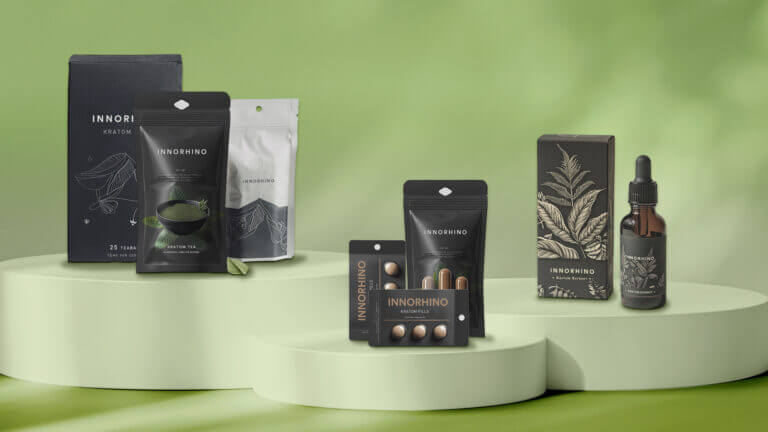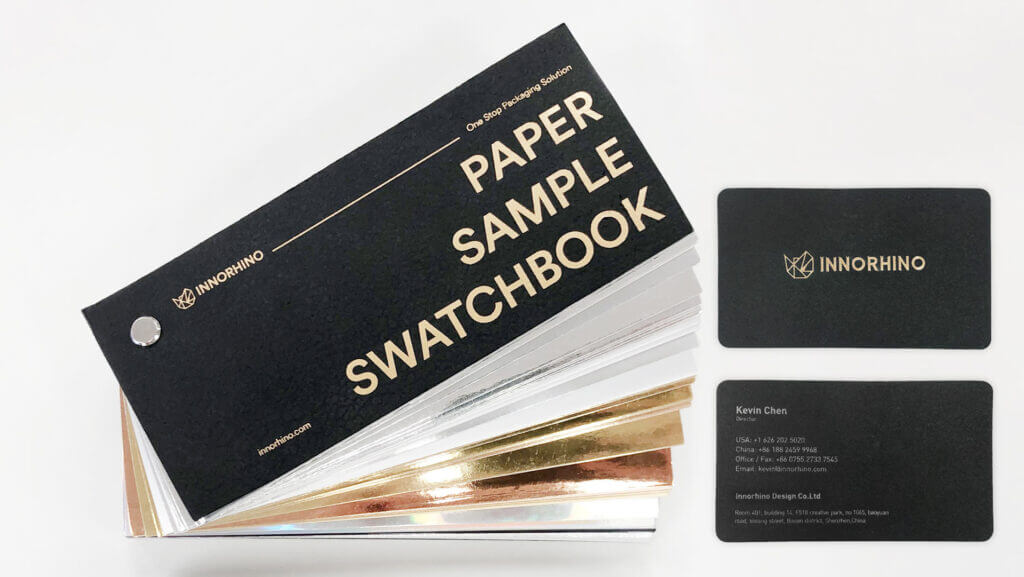- Common Kratom Packaging Types: Ensuring Freshness, Potency, and Safety
- Why Packaging Matters for Kratom Products
- 1. Kratom Powder Packaging
- 2. Kratom Capsule Packaging
- 3. Kratom Extract and Tincture Packaging
- 4. Kratom Tea Packaging
- 5. Kratom Edible Packaging
- Emerging Trends in Kratom Packaging
- Key Information on Kratom Packaging
- Choosing the Right Kratom Packaging for Your Products
Common Kratom Packaging Types: Ensuring Freshness, Potency, and Safety
Kratom, a popular natural supplement known for its potential benefits like pain relief, mood enhancement, and energy boosting, comes in various forms. To ensure these benefits are preserved, the packaging of Kratom products plays a crucial role. The right packaging not only maintains freshness and potency but also provides convenience, safety, and compliance with industry regulations. Here’s a closer look at the most common types of Kratom packaging and why they matter.
Why Packaging Matters for Kratom Products
The packaging of Kratom is more than just a container; it serves several important functions:
Preservation of Freshness: Proper packaging helps protect Kratom from exposure to air, light, and moisture, which can degrade its quality and reduce its effectiveness.
Convenience: Packaging should be user-friendly, easy to open, and portable for users who want to consume Kratom on the go.
Safety and Compliance: Packaging must include safety features, like tamper-evident seals, and comply with local regulations to ensure the product is safe for consumption.
1. Kratom Powder Packaging
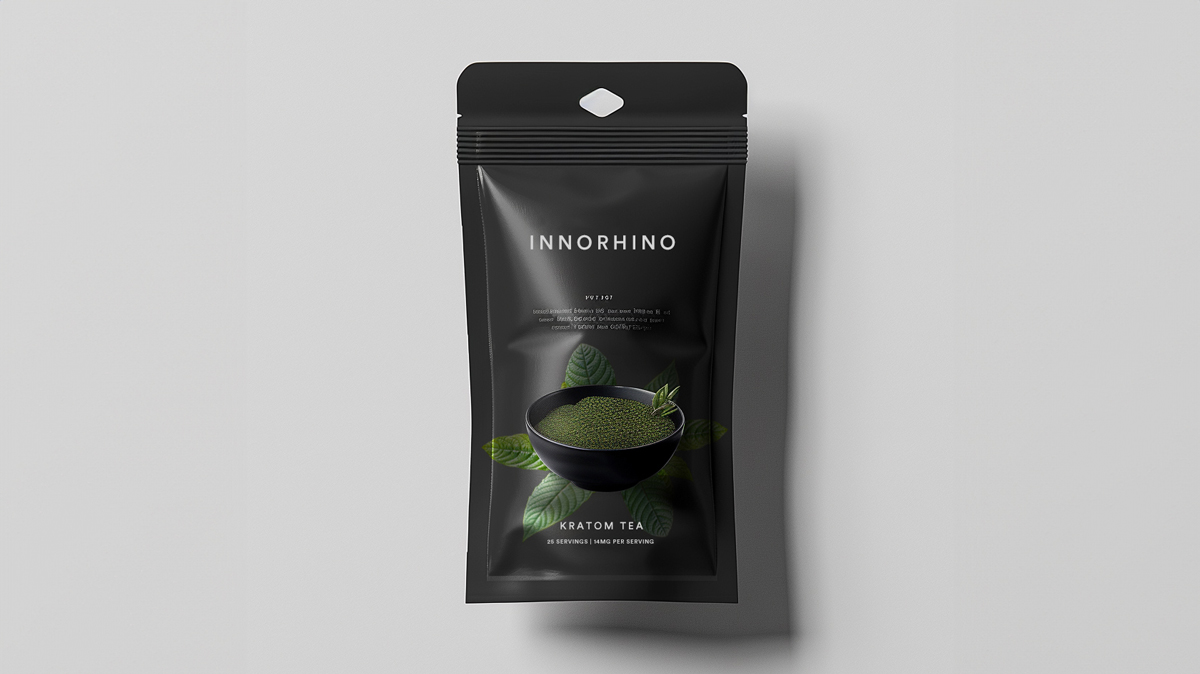
Kratom powder, the most common form of Kratom, is often packaged in ways that help preserve its freshness and potency.
Stand-Up Pouches
Description: Resealable stand-up pouches made of foil or plastic are the most popular packaging choice for Kratom powder.
Benefits: These pouches protect against moisture, light, and air, which helps maintain the product’s freshness and potency. The resealable feature allows users to open and close the packaging multiple times while keeping the powder intact.
Sizes Available: Typically available in various sizes, such as 25 grams, 50 grams, 100 grams, and bulk options like 500 grams or 1 kilogram.
Vacuum-Sealed Bags
Description: Vacuum-sealed bags are designed to extend the shelf life of Kratom by removing air from the packaging, thereby preventing oxidation.
Benefits: Ideal for long-term storage, these bags help maintain product integrity and freshness for extended periods.
Sizes Available: Often used for bulk quantities, ranging from 250 grams to several kilograms.
2. Kratom Capsule Packaging
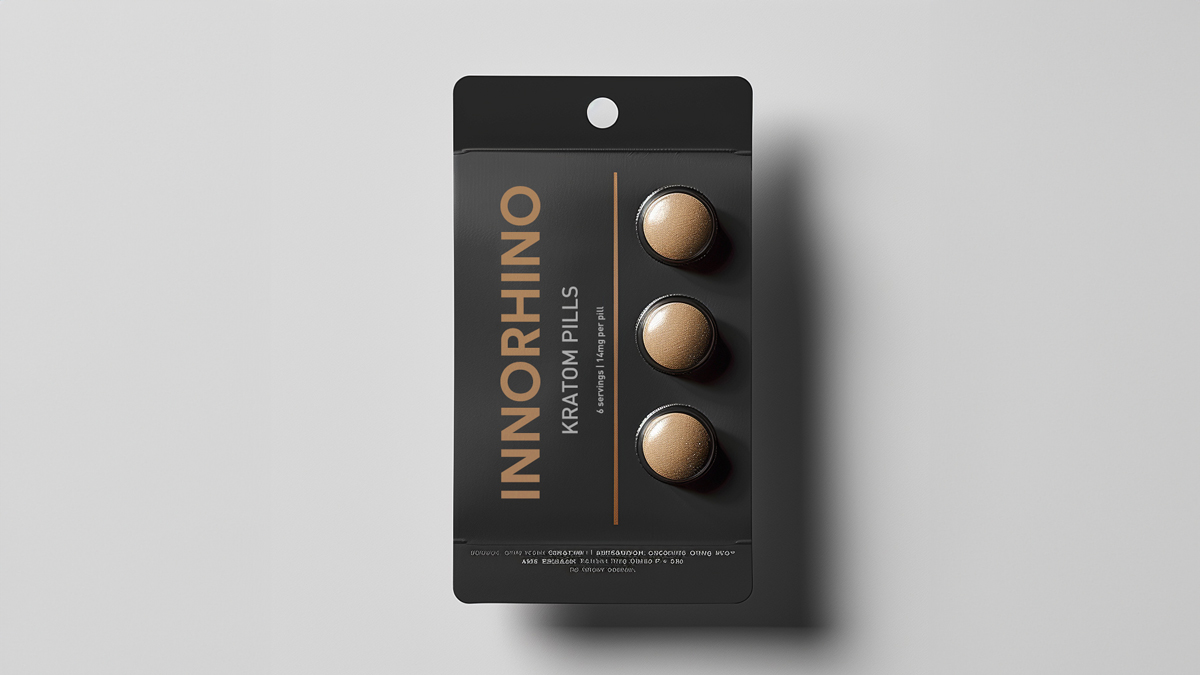
Kratom capsules provide a convenient and tasteless way to consume Kratom, and the packaging reflects these needs.
Plastic Bottles
Description: Capsules are commonly sold in small plastic bottles, similar to those used for vitamins or supplements.
Benefits: These bottles are convenient and portable, offering protection from light and moisture, which helps preserve the potency of the capsules.
Sizes Available: Typically available in sizes containing 50, 100, 200, or 500 capsules, depending on dosage and capsule size.
Blister Packs
Description: Capsules are individually sealed in blister packs to ensure each dose remains fresh and protected.
Benefits: Blister packs make it easy to track consumption and maintain freshness for each dose, and they are particularly useful for those who take Kratom regularly and want to monitor their intake.
Sizes Available: Usually contain 10-30 capsules per blister pack.
3. Kratom Extract and Tincture Packaging
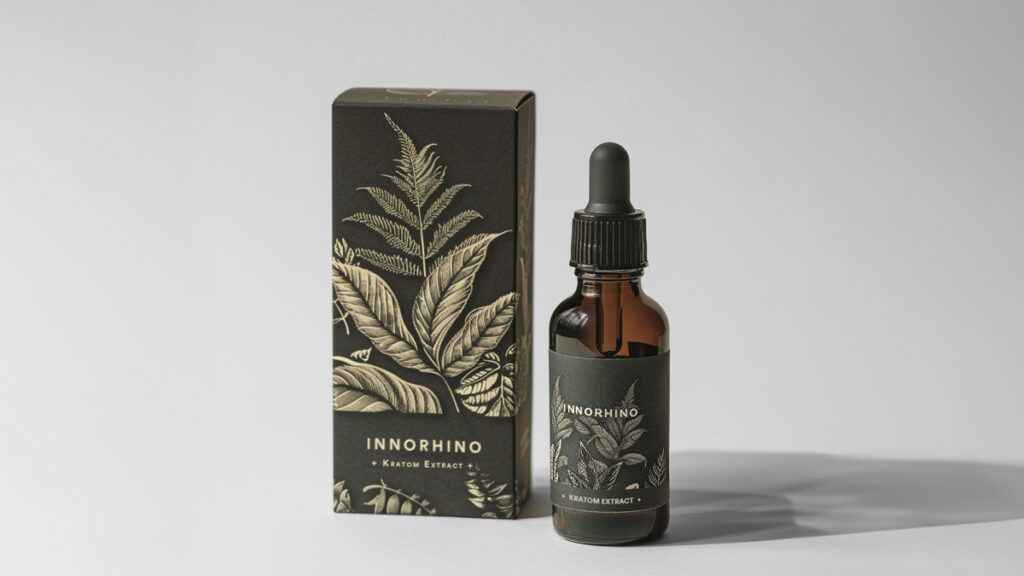
Kratom extracts and tinctures are highly concentrated forms of Kratom that require specific packaging to ensure dosage accuracy and preserve potency.
Dropper Bottles
Description: Liquid extracts and tinctures are commonly packaged in small glass or plastic bottles with a dropper cap.
Benefits: Dropper bottles allow for precise dosing, making it easier to control the amount consumed. They also provide a convenient way to administer the extract sublingually (under the tongue) or add it to beverages.
Sizes Available: Typically range from 10 ml to 30 ml, depending on the concentration of the extract.
Sachet or Pouch Packaging
Description: Single-use sachets or pouches are designed for one-time consumption, ideal for users who want a pre-measured dose.
Benefits: These sachets offer convenience and portability, making them perfect for travel or on-the-go use.
Sizes Available: Usually range from 5-10 ml for liquid extracts and small amounts (1-5 grams) for enhanced powders.
4. Kratom Tea Packaging
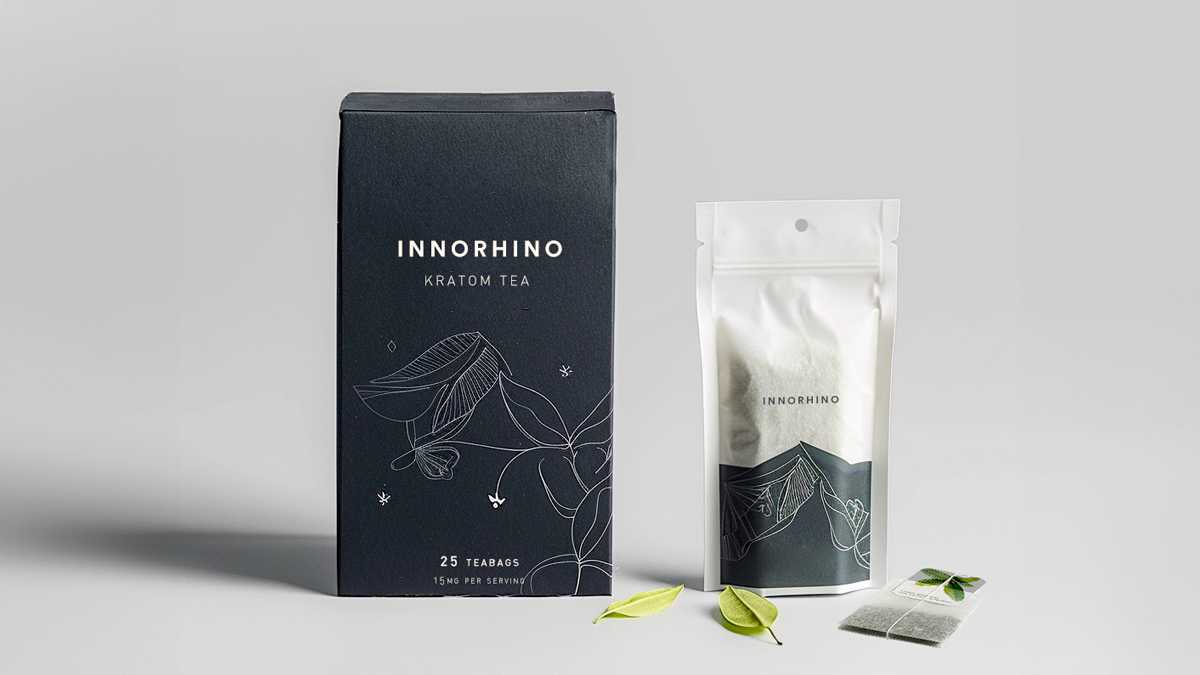
Kratom tea, made from Kratom leaves or powder, is a popular traditional method of consumption that has its own specific packaging needs.
Pre-Measured Tea Bags
Description: Kratom powder or crushed leaves are pre-packaged in individual tea bags.
Benefits: This packaging is convenient and easy to use, as it avoids the need for measuring and makes brewing Kratom tea simple.
Sizes Available: Typically available in packs of 10, 20, or 50 tea bags.
Loose Leaf Packaging
Description: Dried Kratom leaves are packaged in resealable pouches.
Benefits: These pouches allow users to measure and brew their tea to the desired strength, providing flexibility in preparation.
Sizes Available: Usually available in quantities of 50 grams to 500 grams.
5. Kratom Edible Packaging
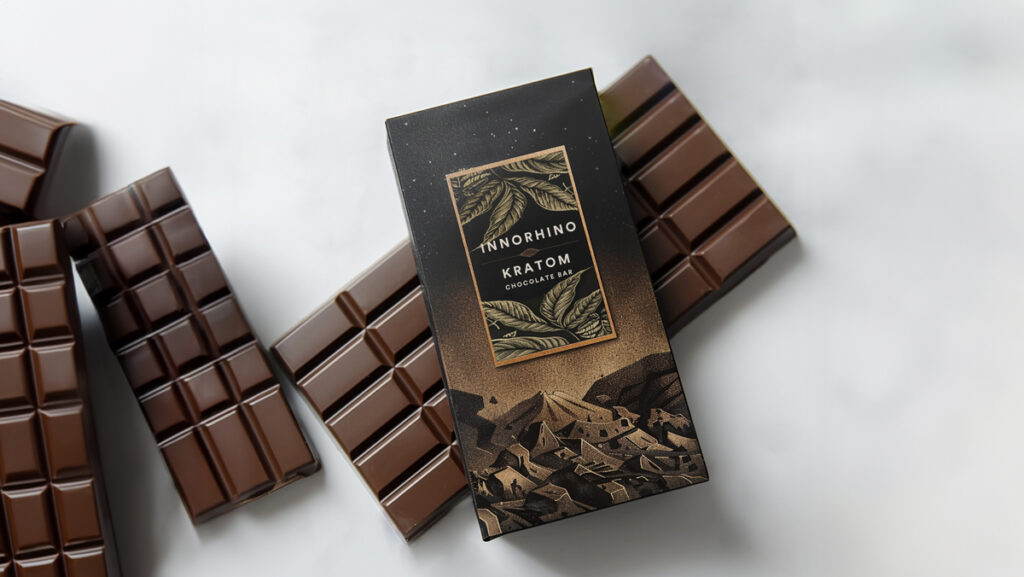
Kratom edibles, such as chocolates, gummies, and baked goods, are becoming popular for their taste and convenience. The packaging must ensure freshness and be appealing to the consumer.
Foil or Plastic Wrappers
Description: Edibles are individually wrapped in foil or plastic to keep them fresh and portable.
Benefits: This packaging maintains the freshness of the product, offers discretion, and makes it easy to carry.
Sizes Available: Varies depending on the type of edible, typically in small packs or individual servings.
Emerging Trends in Kratom Packaging
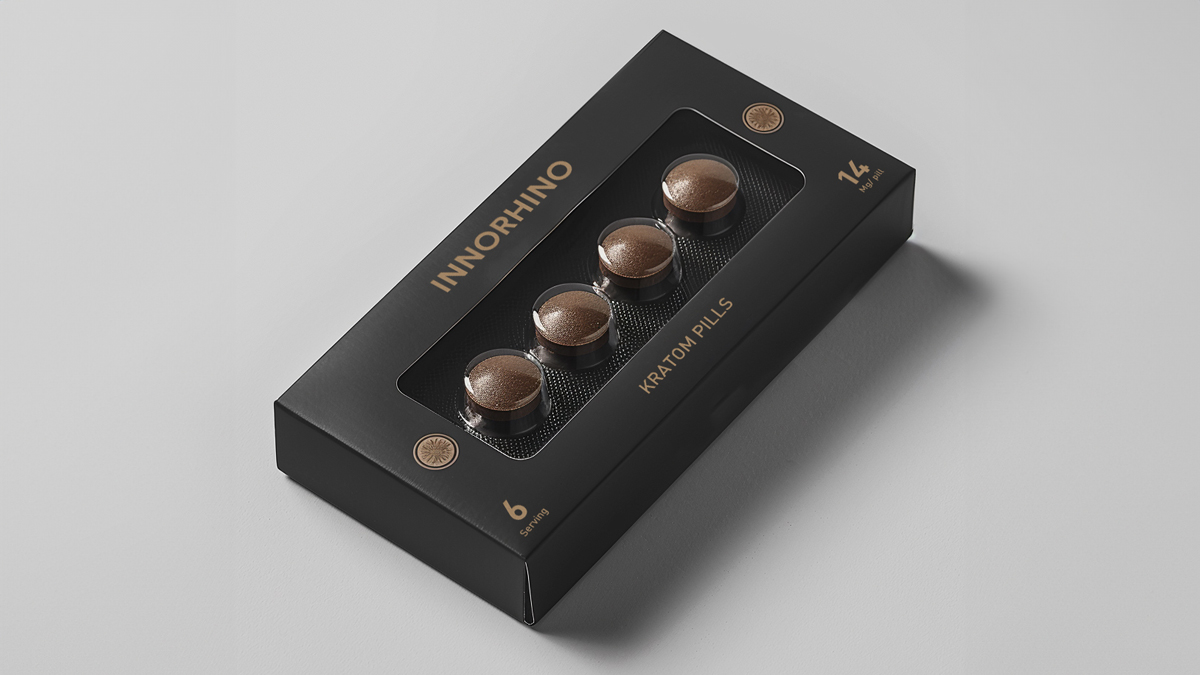
- Eco-Friendly Packaging: With growing awareness around sustainability, many Kratom brands are opting for biodegradable materials like recycled paper or plant-based plastics to minimize their environmental impact.
- Child-Resistant Packaging: Given the potential risks associated with Kratom, some manufacturers are using child-resistant packaging to prevent accidental ingestion by children.
- Tamper-Evident Seals: Many Kratom products feature tamper-evident seals to ensure product integrity and consumer safety.
Key Information on Kratom Packaging
Kratom packaging typically includes:
- Strain and Vein Type: Details the specific type of Kratom (e.g., Red Maeng Da, Green Malay).
- Dosage Guidelines: Provides recommended dosage ranges for different user experience levels (beginner, moderate, experienced).
- Batch Number and Expiry Date: Ensures traceability and indicates the product’s shelf life.
- Health and Safety Warnings: Includes cautions about potential side effects, drug interactions, and the importance of consulting with a healthcare provider before use.
- Compliance Certifications: Some packaging may display compliance with the Kratom Consumer Protection Act (KCPA) or other local regulations.
Choosing the Right Kratom Packaging for Your Products
Understanding the different types of Kratom packaging can help you choose the best product for your needs. Whether you prefer powder, capsules, extracts, or edibles, look for packaging that preserves freshness, ensures safety, and provides convenience. Always check for packaging that complies with industry standards and local regulations to ensure a high-quality, safe Kratom experience.

